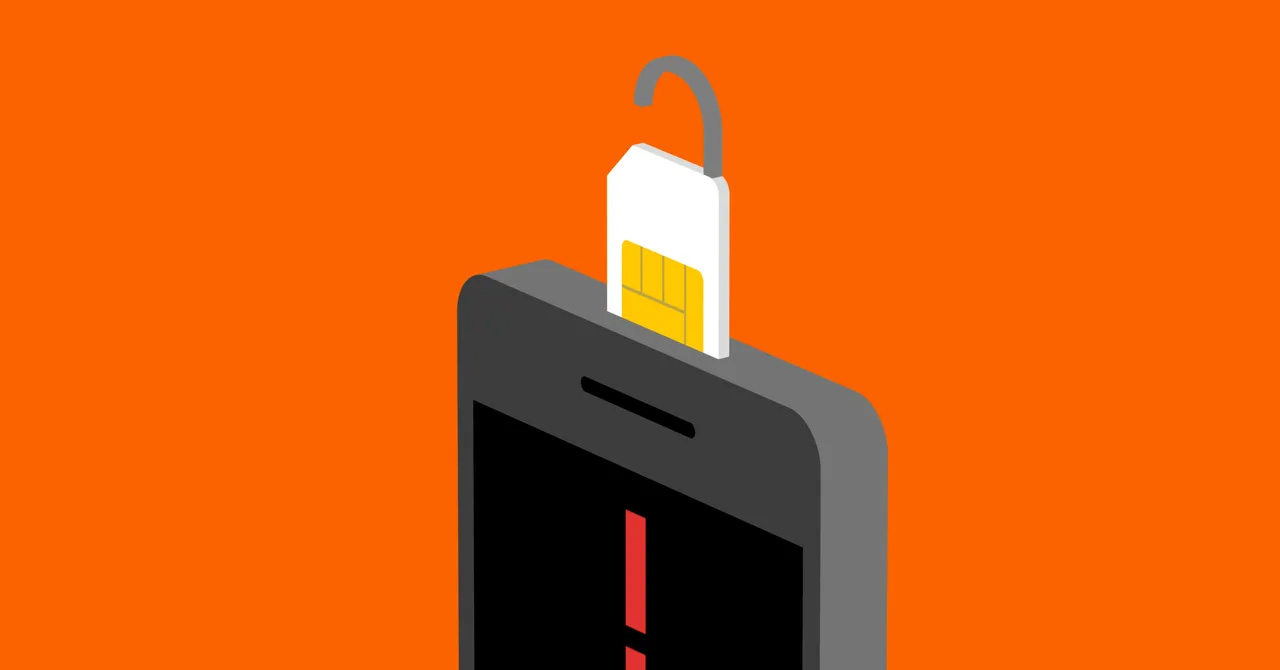
SIM swap fraud is a rapidly growing scam in which criminals trick your mobile carrier into transferring your phone number to their SIM card. With just a bit of personal info, they can hijack your number, intercept texts and security codes, and break into your accounts, often locking you out while they steal money or data. According to a 2025 Thomson Reuters article, the FBI investigated over 1,000 cases in 2023, resulting in losses of nearly $50 million, and reports surged by 240% in 2024. These attacks aren’t random — they’re often the result of careful data gathering and increasingly sophisticated tactics.
One example of this growing threat was highlighted in a newly published article by WIRED’s Andy Greenberg, the keynote speaker at our Business Outlook event. He reported that the U.S. Secret Service shut down a massive SIM card network in New York near the United Nations, uncovering over 300 servers and 100,000 active SIM cards. The system could send up to 30 million texts per minute and posed serious risks to national security, including blocking emergency communications and enabling secret messaging. While this was a large-scale operation, individuals can still take control by securing their mobile accounts, using app-based authentication, and staying alert to suspicious activity.
Stay One Step Ahead
They collect your personal information — such as your name, birthday, or address — often from social media or data breaches.
- They contact your phone company, pretending to be you, and say they need a new SIM card.
- Your number gets moved to their SIM card.
- They use it to break into your accounts, reset passwords, and steal money or data.
Warning Signs
- No Signal - Your phone suddenly loses service in areas where it normally works.
- Can’t Call or Text - You’re unable to send messages or make calls.
- Password or Login Alerts - You get notifications about changes or logins you didn’t make.
- Social Media Changes - Posts or profile updates appear that weren’t made by you.
- Number on New Device - You’re told your phone number is active on another device.
- Unfamiliar Transactions - You see charges, withdrawals, or account activity you don’t recognize.
Tips to Avoid SIM Hijacking
SIM swap attacks are common and often succeed because of weak security. Mobile carriers may prioritize convenience over protection, making it easier for scammers to steal your phone number. To stay safe, use strong authentication, secure your accounts, and remain vigilant for suspicious activity.
Ways to stay protected
- Secure Your Mobile Account - Call your carrier to set up a PIN or passcode. Ask about a port freeze or number lock to prevent your number from being moved without your approval.
- Strengthen Your Logins – Whenever possible, use app-based two-factor authentication (like Google Authenticator or Microsoft Authenticator) instead of SMS. Create strong, unique passwords and store them in a password manager.
- Limit What You Share - Avoid posting personal details like your birthdate or address online. Be careful with phishing attempts by steering clear of suspicious links and not responding to unfamiliar messages.
- Act Fast if Something Feels Off - Watch for signs like sudden loss of service or unexpected account alerts. If anything seems suspicious, contact your carrier and banks immediately.
Stay One Step Ahead
SIM swapping is on the rise, but individuals can take simple steps to stay safe. As demonstrated in the New York incident, even large-scale threats show how vulnerable mobile systems can be. Securing your accounts, using app-based authentication, and staying alert to suspicious activity can make a big difference.



